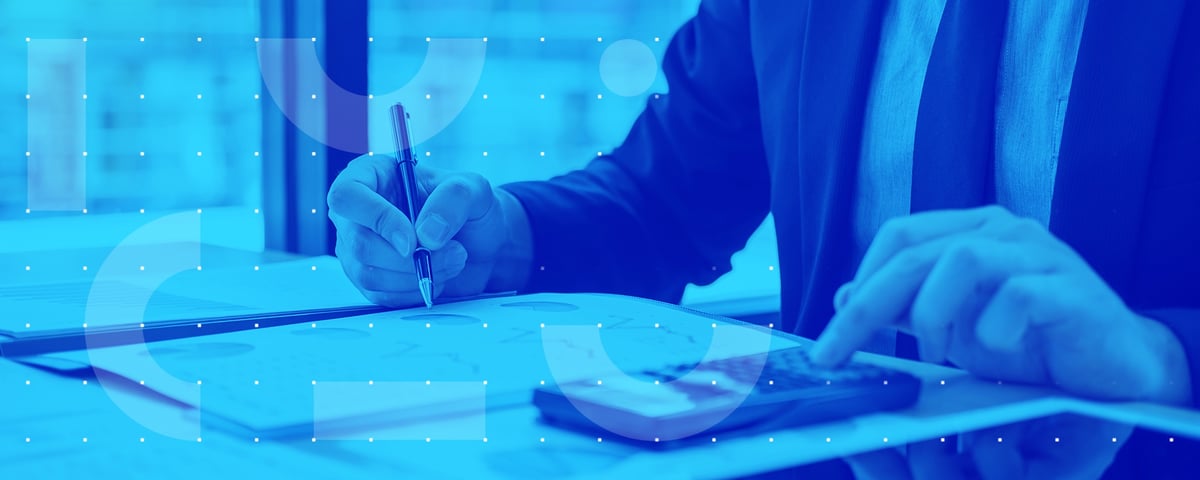Using AI to Automate Invoices and Receipt Processing
Share at:

Editor's note: These AI capabilities are now available through the Automation Cloud™ for enterprise trial. For the latest advances in using AI to process invoices, visit the invoice automation page.
At UiPath, we focus on pragmatic artificial intelligence (AI), or using AI to solve specific customer problems. Today, I am excited to talk to you about how UiPath is using AI to help our customers automate one of the oldest processes in human history: the processing of financial documents, such as invoices and receipts.
From ancient merchants to captains of modern industry, these documents have been central to commerce and have enabled the fundamental transfer of value and currency. Just as ancient, however, is the process pain in handling these financial documents: having to go line-by-line through multiple, repetitive forms and trying to work as quickly as possible without making errors. All in service of the one constant: people want to get paid on time.
Today, I am excited to introduce an answer to thousands of years of manual process aggravation: UiPath Receipt and Invoice AI, developed by the UiPath world class machine learning (ML) and AI team.
This new AI game-changer, available in Public Preview directly from the UiPath Studio Community edition, will enable your organization to streamline your accounts payable and expense management process with AI.
The scope of these processes is huge. For example, millions of invoices are processed each year and many companies process these invoices in a highly repetitive and manual way, often by hand. Because of the time investment in processing such a high volume of documents, many of our customers have looked to automation and optical character recognition (OCR).
So, given how long invoices and receipts (and the need to process them in a timely manner) have been around, and how common they are, why has it taken so long to come up with a method to automate processing them?
There are a couple of reasons:
The first challenge with automating invoices and receipts is that these documents often don’t come in a consistent, standard “template.” Every invoice could look different. Critical information such as the dollar amount or invoice number can be in a completely different place on different documents. In other words, OCR doesn’t know where to ‘look’ to find the necessary information.
Some companies have attempted to address this by creating a large number of static “templates” meant to address each invoice layout, one by one. These layouts help to point the OCR to the correct location on the page, so that it can find and extract the relevant information. While this method works when the number of layouts is small, it can quickly become unmanageable. It’s simply not possible to build automation workflows for every possible invoice and receipt template your robot might encounter.
The second challenge with automating an invoice is in addressing complexities found in real world documents, which rarely come perfectly printed and cleanly scanned in the highest resolution.
The documents your robot will encounter are often ‘noisy’ – meaning they have a lot of real-world complexity making them hard to read. An invoice may have been scanned on a low-quality office scanner. It may be ‘skewed,’ meaning it was scanned in at an angle. Sometimes it may have been scanned together with other non-invoice documents. All these factors can ‘confuse’ the robot and OCR, making it difficult to find the relevant information needed for processing into backend accounts payable systems.
The UiPath new Receipt and Invoice AI addresses these challenges and more. This new AI activity will enable UiPath Robots to read both invoices and receipts and help you automate your accounts payable and expense compliance processes.

This activity, which can be found by downloading the UiPath.MachineLearningExtractor package in the beta feed of UiPath Studio, utilizes a ‘templateless’ approach to processing invoices and receipts. This means that our AI can automatically determine the location of critical information that needs to be extracted from the document, even if the format changes. It is no longer necessary to create multiple layouts manually.
This Invoice and Receipt AI is also trained to understand real world documents. It can automatically identify and extract a wide range of business values from your receipts and invoices, depending on the specific needs and requirements of your accounts payable and expense compliance processes. Even if your document includes ‘noise,’ the robot will still find the following relevant information, such as the vendor name or invoice number.
Finally, the Invoice and Receipt AI can be accessed directly in UiPath Studio. This means you can drag-and-drop AI directly into your workflows and seamlessly integrate with other critical document processing capabilities such as Taxonomy Manager and Validation Station. This allows integrated human-in-the-loop validation of the extracted information. Most importantly, within these workflows, you can easily send your robots to input the extracted data into the correct accounts payable or expense management back-end systems to complete the end-to-end automation of these processes. These models are also self-learning and will improve over time as more users interact with them and use them in the workflows.
Needless to say, we are really excited about this new release. And going back to that process pain that has been around for a thousand years: we like to think we are not just developing exciting AI, but in fact changing a bit of history. We hope you will give it a try.
[UPDATED] How to learn more:
Register for the UiPath Automation Cloud for enterprise trial
Read our white paper Increase Operational Efficiency and Mitigate Risks with Document Understanding
Head to the UiPath Forum for detailed installation/usage instructions
Sign up for the Insider Preview to access newer beta features in Document Understanding

Machine Learning Product Manager, UiPath
Get articles from automation experts in your inbox
SubscribeGet articles from automation experts in your inbox
Sign up today and we'll email you the newest articles every week.
Thank you for subscribing!
Thank you for subscribing! Each week, we'll send the best automation blog posts straight to your inbox.



